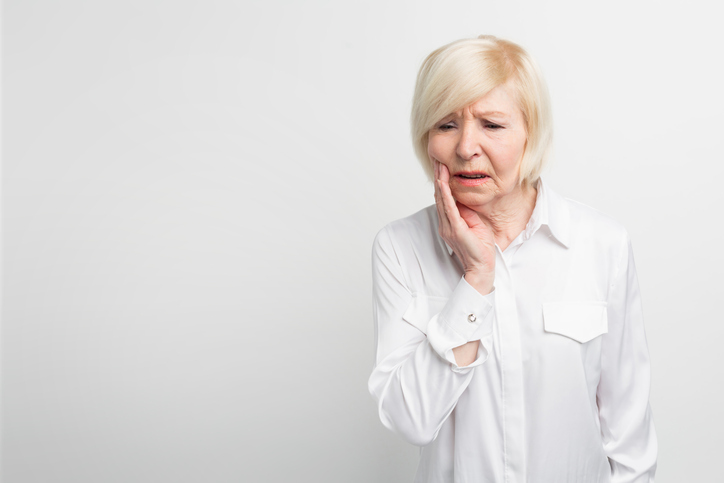Three levels grinding/clenching
- Mild
- Moderate
- Destructive
Symptoms destructive clench-grind
- Tooth movement after ortho
- Recession/bone loss
- Cracks-Broken fillings, teeth, crowns, bridges
- Loose implants
- Broken, cracked, chipped appliances
- Worn out dentition
- Failed implants
- Broken retainers, brackets, spacers
- Atypical toothace
- Atypical earache
- Cervical erosion
- Enlarging tori, bone buttressing
- Loose crown or bridges
- Build-ups broken off inside crown
- Tooth pain after cementation crowns
- Worn out night guards-biteguards in short time
Grinding/Clenching:
- Daytime: clenching, posturing, bracing, gnashing, nail biting, tongue biting, cheek biting, lip biting
- Nighttime grinding is more destructive due power at night exceeds the chewing power by 6 times.
- Need to measure power, frequency, and duration to determine damage potential
- Sleep studies measure breathing, sleep architecture, and grinding activity (only source data)
- Clenching & grinding damage all structures of chewing system: TEETH, BONE, MUSCLE, JOINT
Tension in Muscles
Three processes occur from anxiety/stress:
- CORTISOL
- ADRENALIN
- TENSION MUSCLES
Levels of tension in muscles:
- STRESS
- ANXIETY
- EMOTIONAL HYJACKING
- PTSD
Muscle Joint Pain is #2 pain world:
- BACK
- NECK
- HEAD
- JAW
Tension in Muscle Pathway:
Stress---Sympathetic---Gamma Efferent--Muscle spindle-- Tr Pt --Muscle Inflammation--PAIN
Ligament Tear:
Stress- Sympathetic-Lat Pterygoid-Pulls Lateral Ligament-Stretch-Tear Lat Lig- Disc Disp--PAIN
Progression Tearing:
Displace Disc Pathway: starts at lateral pole and proceeds to medial pole unless dentists intervenes
Lateral pole -- middle disc -- medial pole

 Raleigh Facial Pain © 2025 All Rights Reserved.
Raleigh Facial Pain © 2025 All Rights Reserved.